Are you planning to do walking holiday up in the mountains? If yes, look no further than Nepal. It is a tiny Himalayan country blessed by Mother Nature and grandeur of diverse culture. Landscape diversity makes it the most momentous trekking destination. Among several majestic walking trails, the EBC Trek Nepal is definitely on the top! Today’s blog is about finding out tiny details about the Everest Base Camp Trek in Nepal. Please note that you can find lots of information about the trek. This blog covers the things that are not included in previous blogs.
Travel planners, locals, and trekking guides from the Everest region are interviewed before writing the EBC Trek Nepal blog. Therefore, you can get the authentic information about the trek! Follow our blogs before embarking on this relishing journey to the home of Sherpa People and the abode of the world’s tallest mountain Mt. Everest (8848.86 m). Let’s go and find out more on the EBC Trek Nepal.
Everest Base Camp Trek: Top Trekking Trail of Nepal
Annapurna, Langtang, Manaslu, and Everest regions are the cornerstones of the Nepalese Trekking industry. There are several trekking routes where you can quench your thirst of Himalayan experiences. Among several magnificent trekking routes to trek in Nepal, the EBC Trek Nepal is definitely at the top. The journey of the Everest Base Camp Trek is towards the foothill of the world’s tallest mountain Mt. Everest. It is more than a mere walking holiday rather it is the milestone achievement where you get rare chance to visit Sherpa Villages. Knowing about the people known for their mountaineering prowess in their own courtyard is definitely enticing. The Everest Base Camp Trek in Nepal is surely the top trekking trail where you get chance to witness plethora of mountains.
Things to Know about EBC Trek Nepal
Before we embark on this amazing trekking trip, we should know various things from accessibility to lodging and from itinerary to permits. Travel insurance, villages, and trail conditions must be known before we do the EBC Trek Nepal. If you find out about these things, then you will surely complete this amazing trekking holiday. Similarly, the journey of the Everest Base Camp Trek requires lots of planning and preparations. Trekkers are highly advised to expect the unexpected things! There are lots of things that you must consider before the trek but this blogger has listed 8 things to know about EBC Trek Nepal. 8 things to know about Everest Base Camp Trek in Nepal can surely knit the momentous walking holiday.
Here is the list of the 8 things to know about EBC Trek Nepal:

Lukla Flights
Lukla, located in the Solu-Khumbu district of Nepal, is the starting point for most trekkers heading to Everest Base Camp (EBC). Flights from Kathmandu to Lukla are operated by small aircraft due to the region’s challenging terrain. The flight itself is an exhilarating experience, with views of the majestic Himalayas, but it’s also notorious for its short and narrow runway. Lukla’s weather can be unpredictable, which sometimes leads to delays or cancellations. It’s essential to be flexible with your travel plans and allow extra time in case of flight disruptions, as weather conditions can change quickly in the mountains.
Acclimatization Rest Days
Proper acclimatization is crucial when trekking to Everest Base Camp due to the high altitudes. Trekking at elevations over 3,000 meters increases the risk of altitude sickness, which can be life-threatening if not managed. To reduce this risk, trekkers typically take acclimatization rest days during the trek, usually around Namche Bazaar and Dingboche. These days allow the body to adjust to the decreasing oxygen levels. On rest days, trekkers usually hike to a higher altitude during the day and return to sleep at a lower elevation. This helps the body gradually adapt to the thinning air and minimizes altitude-related health risks.
Tea House and Eateries
Tea houses are the most common accommodation for trekkers on the Everest Base Camp trail. These small guesthouses, usually family-run, offer a cozy atmosphere and provide basic meals, snacks, and lodging. The food served in these tea houses is hearty and filling, including traditional Nepali dishes like dal bhat (lentil soup with rice), momo (dumplings), and noodles. While the food is simple, it’s nutritious and helps replenish energy during the trek. Some tea houses also offer Western options like pancakes, pasta, and sandwiches, though the menu can be limited at higher altitudes, where ingredients become scarcer.
Sherpa Villages
The Sherpa people are an integral part of the Everest region and have played a significant role in mountaineering history. As you trek to Everest Base Camp, you’ll pass through several Sherpa villages like Namche Bazaar, Tengboche, and Dingboche. These villages are rich in culture and tradition, and you’ll see Sherpa hospitality in full force. Many of the locals work as guides, porters, or in the tourism industry, and their deep connection to the mountains is evident. Visiting these villages provides an opportunity to learn about Sherpa customs, their Buddhist heritage, and their way of life in the harsh yet beautiful Himalayan environment.
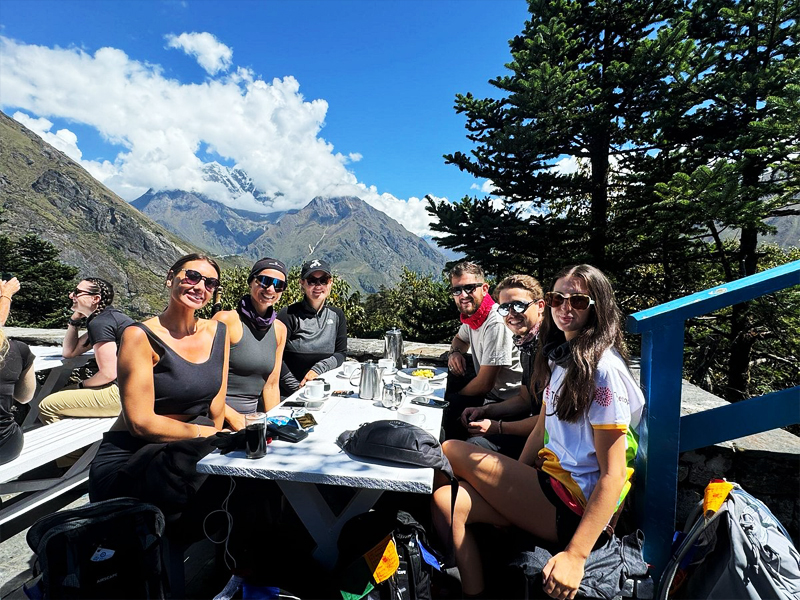
Trekking with and without a Guide
Trekking to Everest Base Camp can be done with or without a guide, but the decision depends on your experience, fitness level, and preference for navigation. Going with a guide is highly recommended for first-time trekkers, as they can assist with route planning, provide insight into the local culture, and help in case of emergencies. Guides are also skilled at identifying altitude sickness symptoms. Alternatively, experienced trekkers with strong navigation skills may opt to trek independently, though the remote nature of the trail means it’s essential to carry proper maps, gear, and have contingency plans for unforeseen challenges.
Itinerary of Everest Base Camp Trekking
The typical Everest Base Camp Trek spans 12-14 days, though this can vary depending on the itinerary and pace of the trekker. The standard route starts with a flight from Kathmandu to Lukla. From there, trekkers pass through villages like Phakding, Namche Bazaar, and Tengboche before reaching Everest Base Camp. Along the way, acclimatization days are built in to help prevent altitude sickness. The trek culminates with reaching Everest Base Camp itself, offering spectacular views of Everest, Lhotse, and other peaks. The return journey follows a similar route, with trekkers descending back to Lukla for their flight back to Kathmandu.
Permits for Everest Trek
To trek to Everest Base Camp, you need several permits. Additionally, trekkers must obtain the Sagarmatha National Park Entry Permit, as the trail passes through this protected area. These permits can be obtained in Kathmandu or at the entry point to the park, such as Monjo. It’s important to carry your permits with you at all times, as they may be checked by authorities along the trail. The cost of permits varies depending on nationality and the time of year. Besides the national park entry permit, you need Pasang Lhamu Rural Municipality Permit. The total cost of the permit is about NRs. 6000.
Highest Altitude and Trekking Difficulty
Everest Base Camp sits at an elevation of 5,364 meters, which is high enough to pose a significant challenge for trekkers. The highest point on the trek is Kala Patthar, at 5,545 meters, which offers panoramic views of Mount Everest. The altitude increases the difficulty, as trekkers are at risk of altitude sickness beyond 3,000 meters. The trail itself is physically demanding, with steep ascents, rocky paths, and long daily hiking hours. While the trek is achievable for fit and determined trekkers, proper training, preparation, and acclimatization are essential for a successful and safe journey.
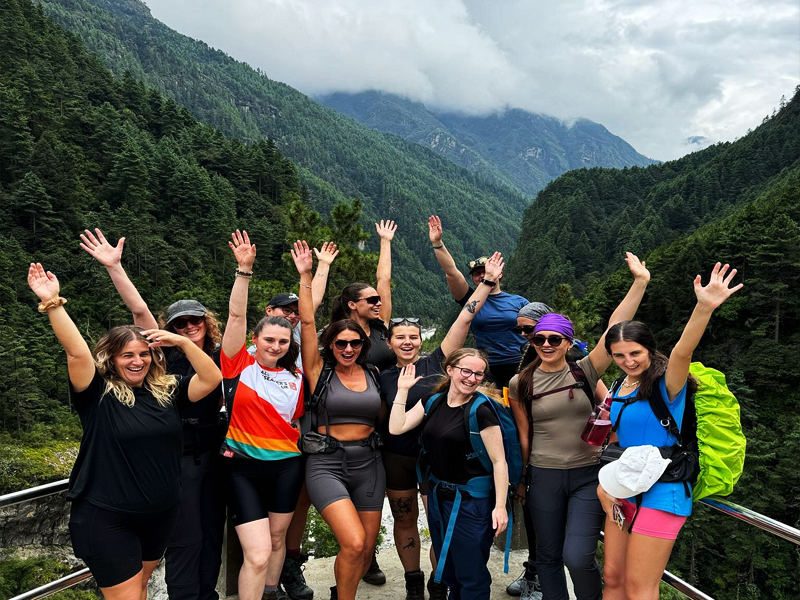
EBC Trek Nepal: Reach Everest Base Camp
The Everest Base Camp (EBC) Trek is one of the most iconic trekking routes in the world. Located in Nepal’s Sagarmatha National Park, this trek takes you through picturesque Sherpa villages, lush forests, and rugged terrain, offering awe-inspiring views of towering peaks like Mount Everest, Lhotse, and Nuptse. The trek typically starts in Lukla and ascends gradually to Everest Base Camp at 5,364 meters. Along the way, trekkers experience the rich Sherpa culture and traditions, visiting Buddhist monasteries and villages. The EBC trek is a bucket-list adventure for avid trekkers, nature lovers, and mountaineering enthusiasts seeking an unforgettable experience in the Himalayas.
Possible Side Trips from the Everest Trail
While the Everest Base Camp Trek is stunning on its own, several side trips can enhance the experience. The Everest Three High Passes Trek offers a more challenging route, crossing the Khongma La, Renjo La, and Cho La passes while providing unparalleled views of Everest and the surrounding peaks. For trekkers looking for serene beauty, the Gokyo Lake Trek takes you to a series of pristine, turquoise lakes, with a chance to climb Gokyo Ri for panoramic views of Everest and Makalu. The Chola Pass Trek, which connects the Everest region with the Gokyo Lake Trek, provides dramatic landscapes and the thrill of crossing a high-altitude pass. These side trips add depth and adventure to the trek, offering spectacular vistas and a deeper connection to the Himalayas.
How to Prepare for EBC Trek in Nepal?
Preparing for the Everest Base Camp trek requires both physical and mental readiness. Physically, training should include endurance activities like hiking, running, and stair climbing to build stamina and leg strength. It’s also important to practice walking with a backpack, as the trek involves several days of uphill and downhill trekking at high altitudes. Mentally, preparing for the challenge of long, strenuous days and coping with altitude sickness is crucial. The ideal trekking season for EBC is spring (March-May) and autumn (September-November), when the weather is clear and temperatures are mild. Lastly, consider purchasing a trekking package from a reputable company for logistical support, including permits, guides, and accommodation, ensuring a smooth and safe trek.
Physical and Mental Preparation
Physical and mental preparation are key to a successful Everest Base Camp trek. In terms of fitness, focus on building cardiovascular endurance and leg strength. Activities like hiking, running, cycling, and stair climbing are essential for stamina, as trekking at high altitudes demands consistent energy. Aim for a combination of long, steady hikes and shorter, more intense workouts. Mental preparation is equally important: the trek can be physically demanding and emotionally draining, especially in challenging weather or altitude conditions. Developing a positive mindset, practicing mindfulness, and preparing to face the possibility of altitude sickness will help you stay strong during the trek. It’s also recommended to gradually adjust to high altitudes by spending time at intermediate elevations to minimize the risks of AMS (Acute Mountain Sickness).
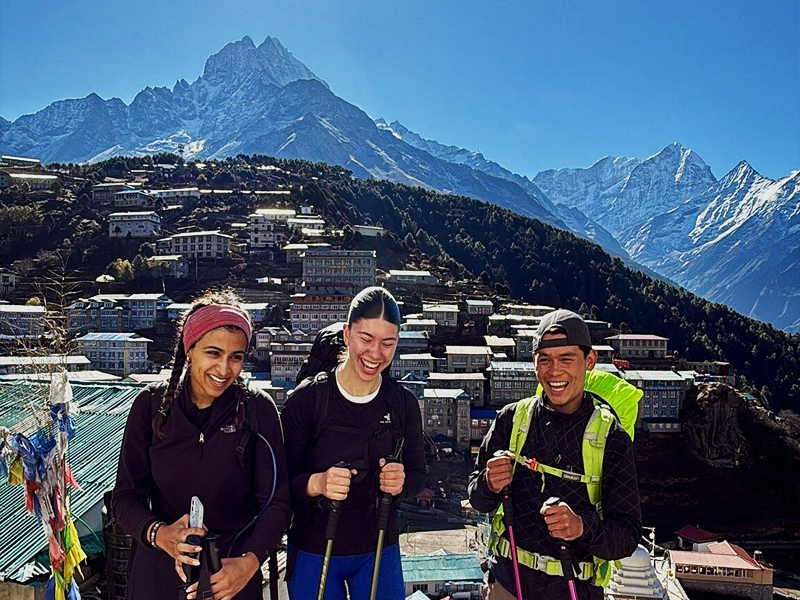
Ideal Trekking Season
The ideal times for the Everest Base Camp Trek are during Nepal’s spring (March-May) and autumn (October-December) seasons. These months offer the most favorable weather conditions, with clear skies and moderate temperatures that make for a more comfortable trekking experience. During spring, the landscape is lush, and wildflowers bloom, providing a picturesque backdrop. Autumn offers crisp air, stable weather, and the best visibility of the mountains. Trekking during the monsoon (June-August) is generally not recommended due to heavy rainfall, muddy trails, and the risk of landslides. Winter (Janaury-February) is another option, but the cold temperatures can be extreme, especially at higher altitudes, and some parts of the trail may be closed due to snow.
Buying a Trekking Package from a Reliable Company
When planning the Everest Base Camp trek, purchasing a trekking package from a reliable company ensures that you have all necessary logistics covered for a safe and enjoyable experience. A reputable trekking company will provide experienced guides, porters, and proper permits, ensuring that you are well-supported throughout the journey. The company will also arrange for necessary accommodation and transportation, including flights to Lukla. Additionally, a reliable company can offer expert advice on physical preparation, gear recommendations, and safety protocols.
Choosing a trustworthy company with good reviews and a strong reputation can greatly enhance your trek, minimizing risks and making the adventure smoother. Always research and compare different trekking companies before booking to ensure quality service and customer satisfaction. For your comfort, the Nepal High Trek is definitely the top notch trekking company where you can get the best packages at the comfortable and flexible rates.
How much does it cost to do Everest Base Camp Trek in Nepal?
The cost of the Everest Base Camp Trek in Nepal depends upon the type of the services offered. Note down that there are many trekking companies in Nepal but only a handful ones provide impeccable hospitality and quality services. The price range starts from 1400 $ per person to around 3600 $ per person. The highest price range is for those trekkers who are on the journey of the EBC Trek Nepal on a luxurious style with the helicopter return from the Everest Base Camp.


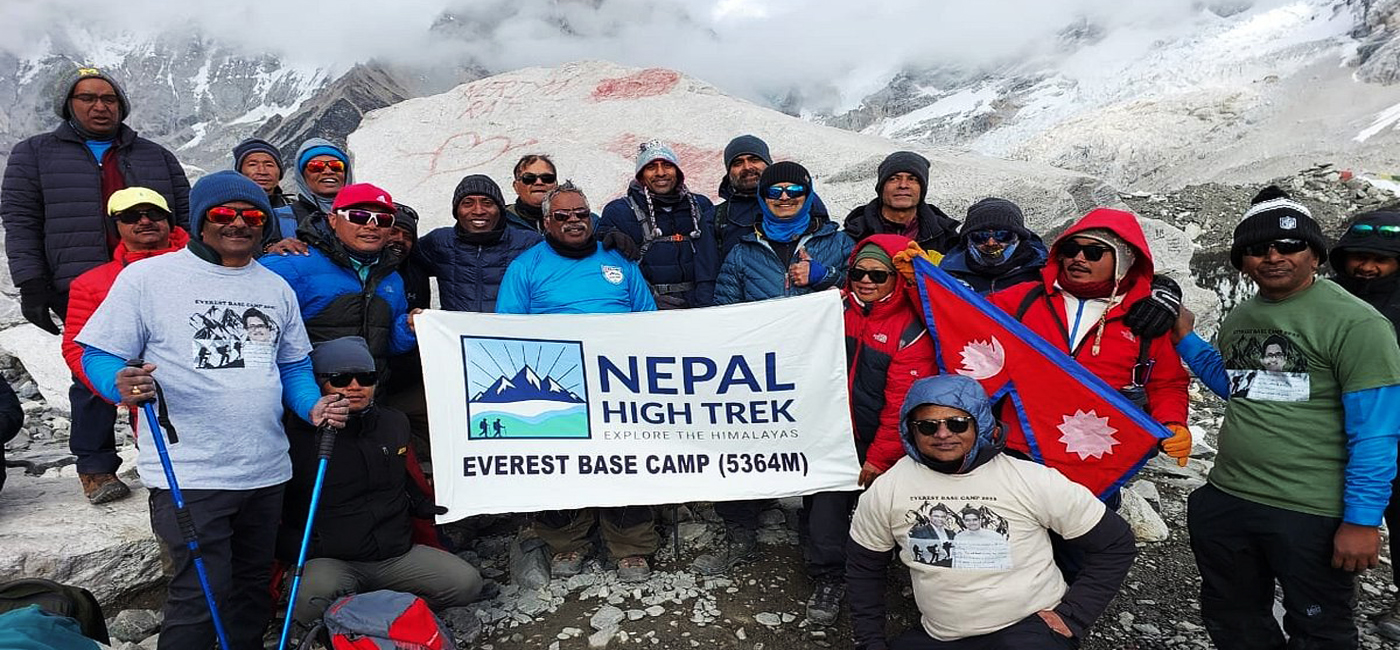
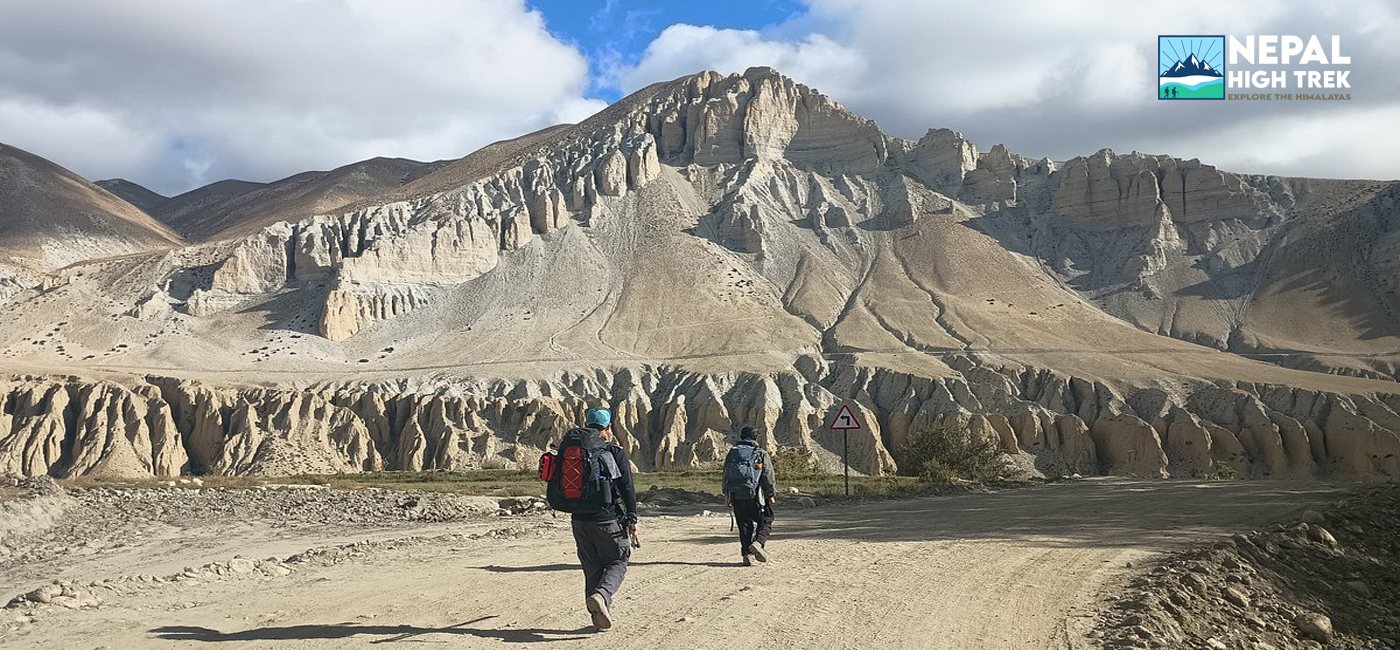
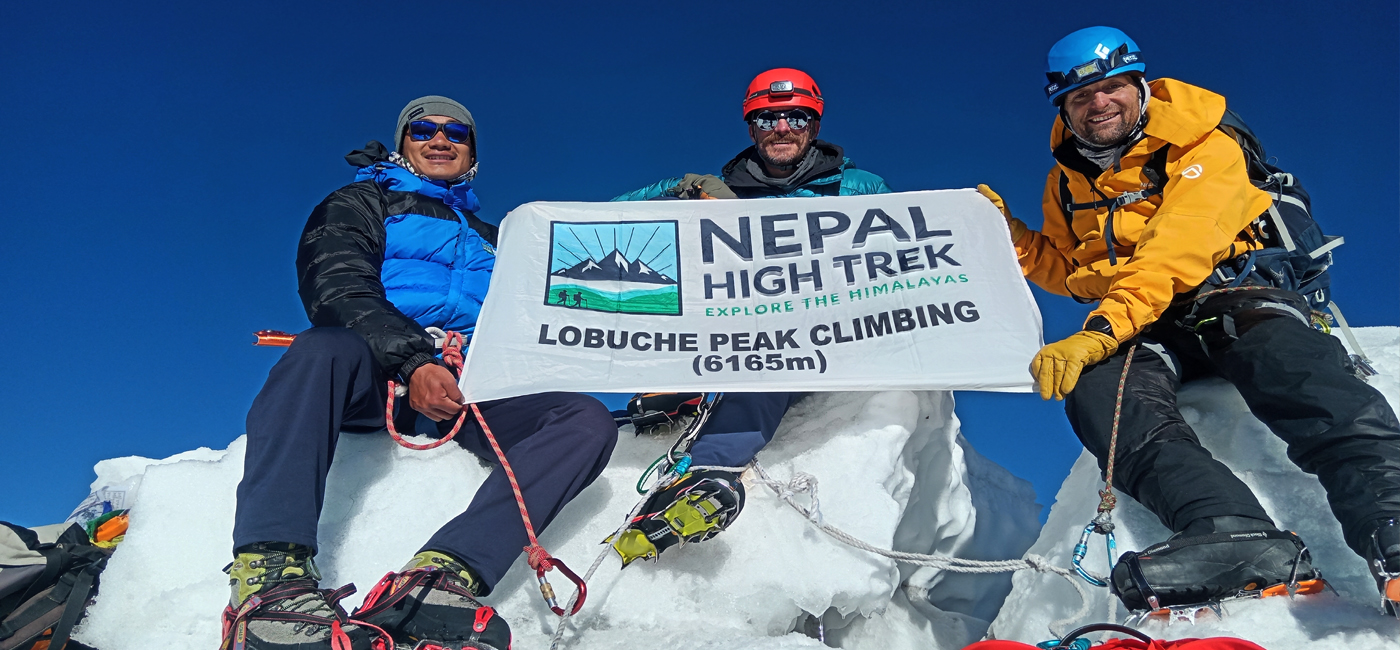
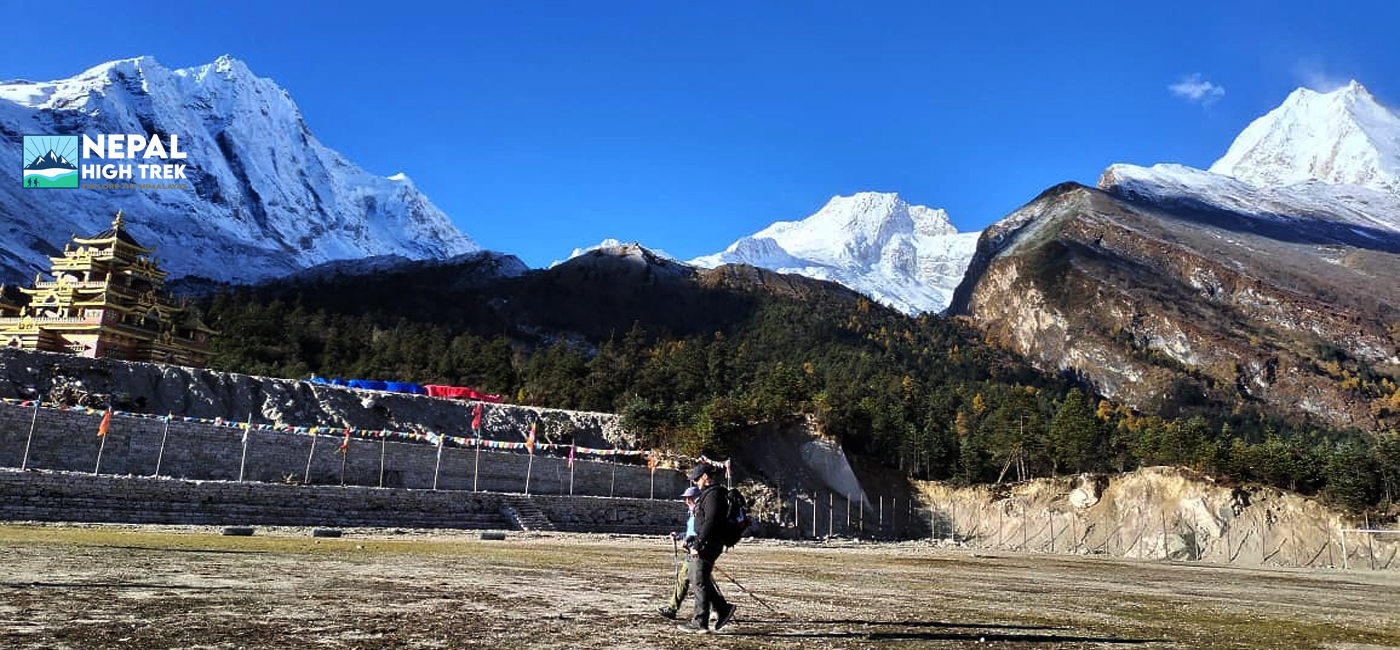
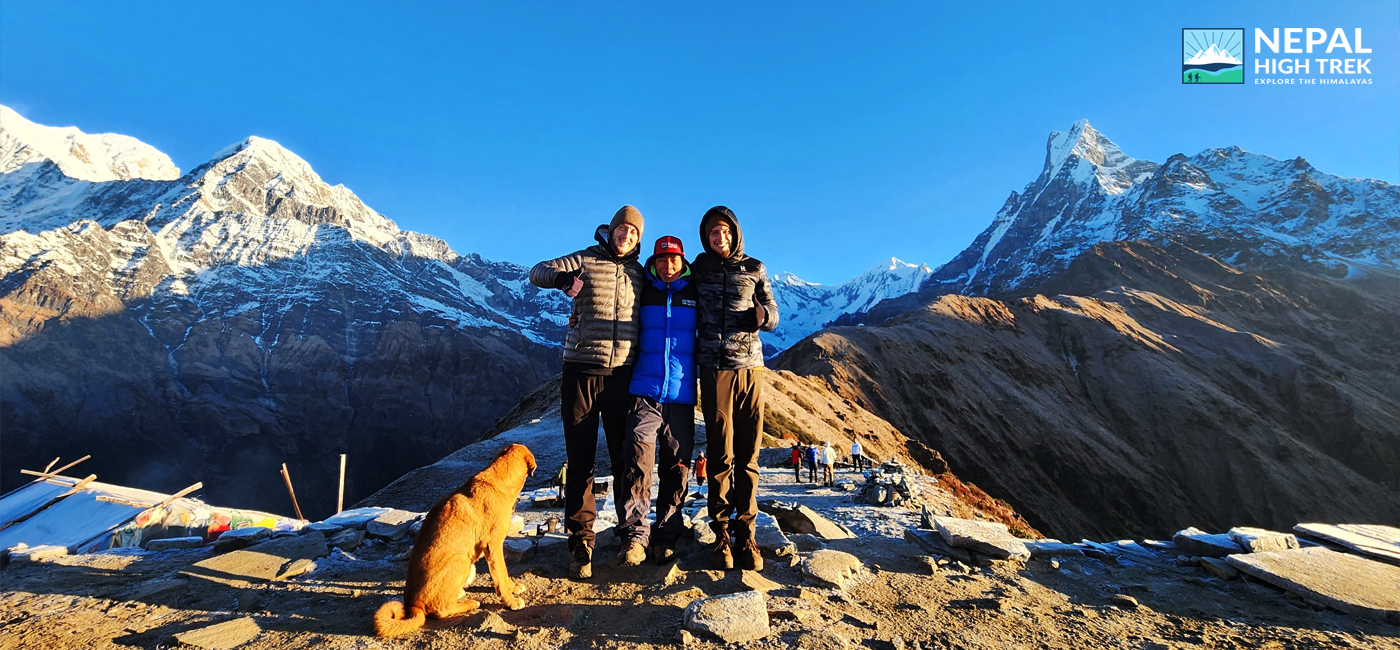
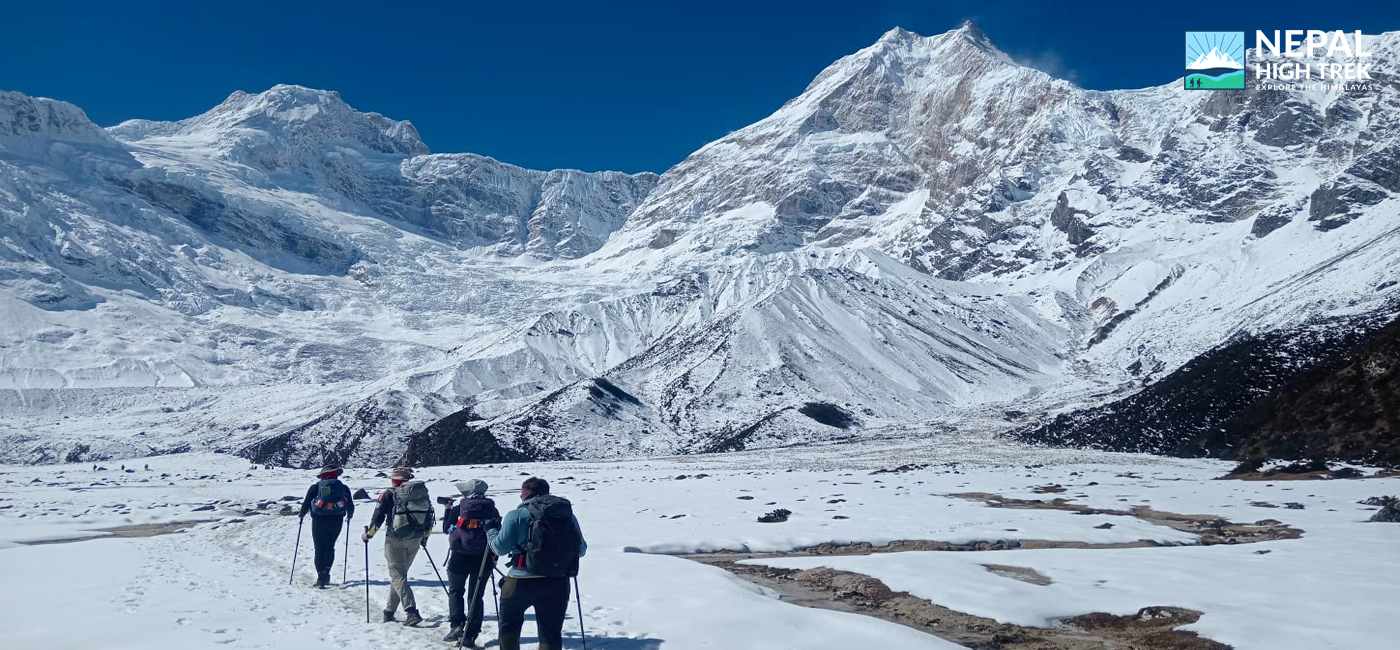
 Nepal High Trek & Expedition Pvt. Ltd.
Nepal High Trek & Expedition Pvt. Ltd. 

